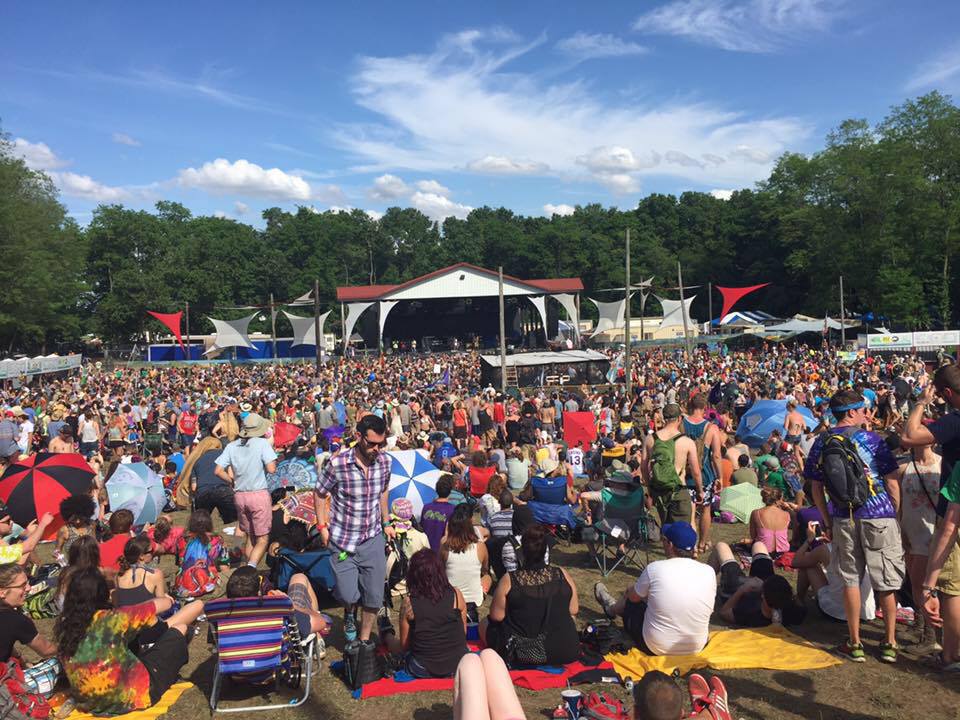
Conversion Tracking + Conversion Lift Measurement = Ad Performance
Prices are calculated based on the position won in the auction and the weighted average of your competitors’ bids. This means that the price charged is almost always less than the bid. We offer 4 bidding options:
- Cost per impression (CPM)
- Cost per click (CPC)
- Cost per action (CPA)
- Optimized for conversion
While Facebook provides its own conversion pixel and SDK for tracking, you can also use a third-party pixel for measurement beyond Facebook. Generally, third-party pixels will measure:
- Granular data outside of Facebook such as LTV, KPIs and multi-touch attribution
- Click conversions as clicks off of Facebook
- All other clicks prior to conversion as a view conversion
- Data across channels with minimized redundancies
- Data when the conversion takes place within a predefined attribution window
- Conversion tracking for day-to-day optimization with the Facebook pixel and SDK
- Conversion lift measurement to determine the incremental lift received from your Facebook ad efforts
- Third-party tracking for cross-publisher attribution
By placing the Facebook pixel/App Events across the funnel, you will be able to test several optimization techniques that could lead to additional conversions and measure the downstream effect of your ads in relation to key conversion events.
| If your goal is… | You should apply the Facebook pixel/App Event to… |
|---|---|
| General remarketing | Main landing pages, search pages, category pages |
| Lead generation | Main landing pages, loyalty/rewards pages, newsletter pages |
| Mobile app installs | Activate App and App Purchase |
| Mobile app re-engagement | Activate App, App Purchase, Add to Cart, Initiated Checkout |
| Loyalty | Loyalty/rewards pages |
| Retention with lapse customers | Loyalty/rewards pages, shopping cart (exclude purchasers via Facebook pixel on checkout/thank you pages) |
| Upselling | Category/product pages |
Determines the true incremental impact you receive from your advertising efforts by comparing a test group of people who saw the ads to a control group who didn’t see the ads. Conversion lift measurement is a true experimental design approach that lets you determine the value of all Facebook impressions (views and clicks) beyond the last touch and determine the incremental impact Facebook advertising has on your business.
FACEBOOK BEST PRACTICES FOR CONVERSION OPTIMIZATION
Third-Party Tracking for Cross-Publisher Attribution
While Facebook provides its own conversion pixel and SDK for tracking, you can also use a third-party pixel for measurement beyond Facebook. Generally, third-party pixels will measure:
- Granular data outside of Facebook such as LTV, KPIs and multi-touch attribution
- Click conversions as clicks off of Facebook
- All other clicks prior to conversion as a view conversion
- Data across channels with minimized redundancies
- Data when the conversion takes place within a predefined attribution window
Offline Conversions API

Facebook best practices for conversion optimization: The Offline Conversions API connects to your databases — such as CRM or POS systems — to report on your customers who have seen your Facebook ad and then made a purchase. You can send as much detail as you would like (Ex. transaction amounts) along with the customer’s information. The hashed data is securely transferred. We’ll then use the customer purchase data and match it against our users.
Facebook and Instagram work with third-party measurement partners Acxiom, Datalogix, and Epsilon to provide retail, auto, entertainment, and CPG advertisers with conversion measurement solutions. Advertisers often have trouble matching their CRM data to Facebook and Instagram because our data is largely online (Ex. email address), while these partners have offline data (Ex. physical shipping address). These measurement partners help expand the number of Facebook and Instagram ad campaigns that we can accurately measure for online and offline sales impact.
Facebook and Instagram work with Datalogix to use its large-scale, privacy-safe data match that covers 40 million US households. Advertisers can use Datalogix ROI to understand if they’re using Facebook and Instagram successfully, such as driving sales volume with a positive return on investment. Datalogix can be used to compare those strategies using the causal lift as the outcome of interest by measuring the live-in sales between households who have been exposed to your Facebook and Instagram ads versus those who weren’t. It uses point-of-sale data tied to loyalty cards and aggregated to households.
The traditional way of measuring reaction across media channels is Marketing Mix Models (MMM). MMM is available for CPG and retail advertisers and is an analytical approach that identifies and quantifies the marketing elements that impact your customers’ short-term behavior. It can help you understand how Facebook and Instagram fit into your traditional media mix and can be a great way to leverage an existing legacy of research and analysis. We don’t recommend optimizing for clicks because there is no evidence to show that clicky people on Facebook are likelier to make an online or offline purchase compared to less clicky people. A business should measure the reaction if they want to know how sales have increased as a result of media exposure. Conversion Lift allows you to hold out a random sample of people into a control group and not show them your Facebook ad, and then look at the difference in purchases between this control group and the test group that did see the ad.
FACEBOOK BEST PRACTICES FOR CONVERSION OPTIMIZATION:


Keep this going please, great job!|